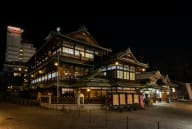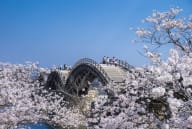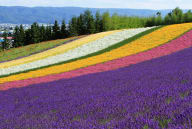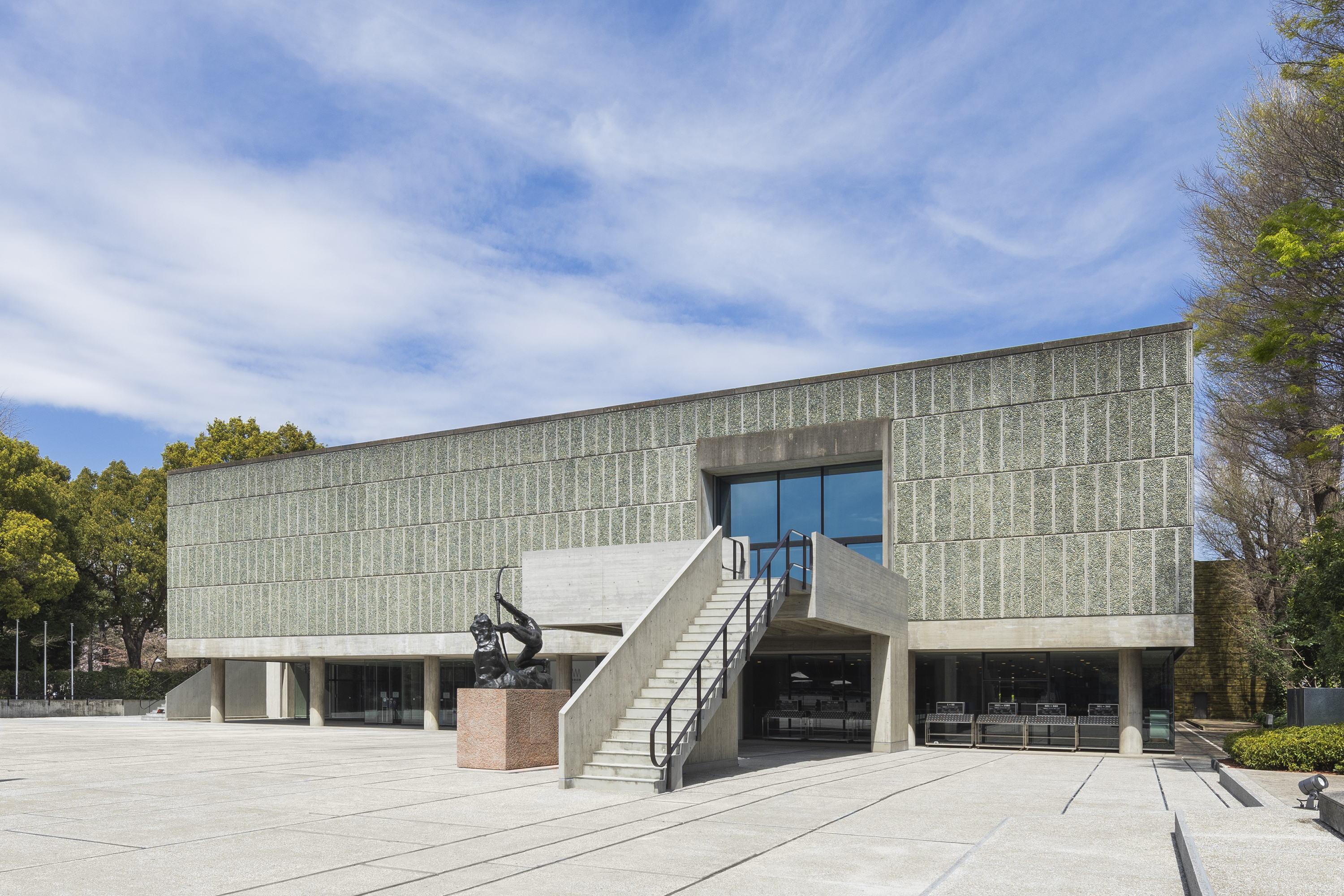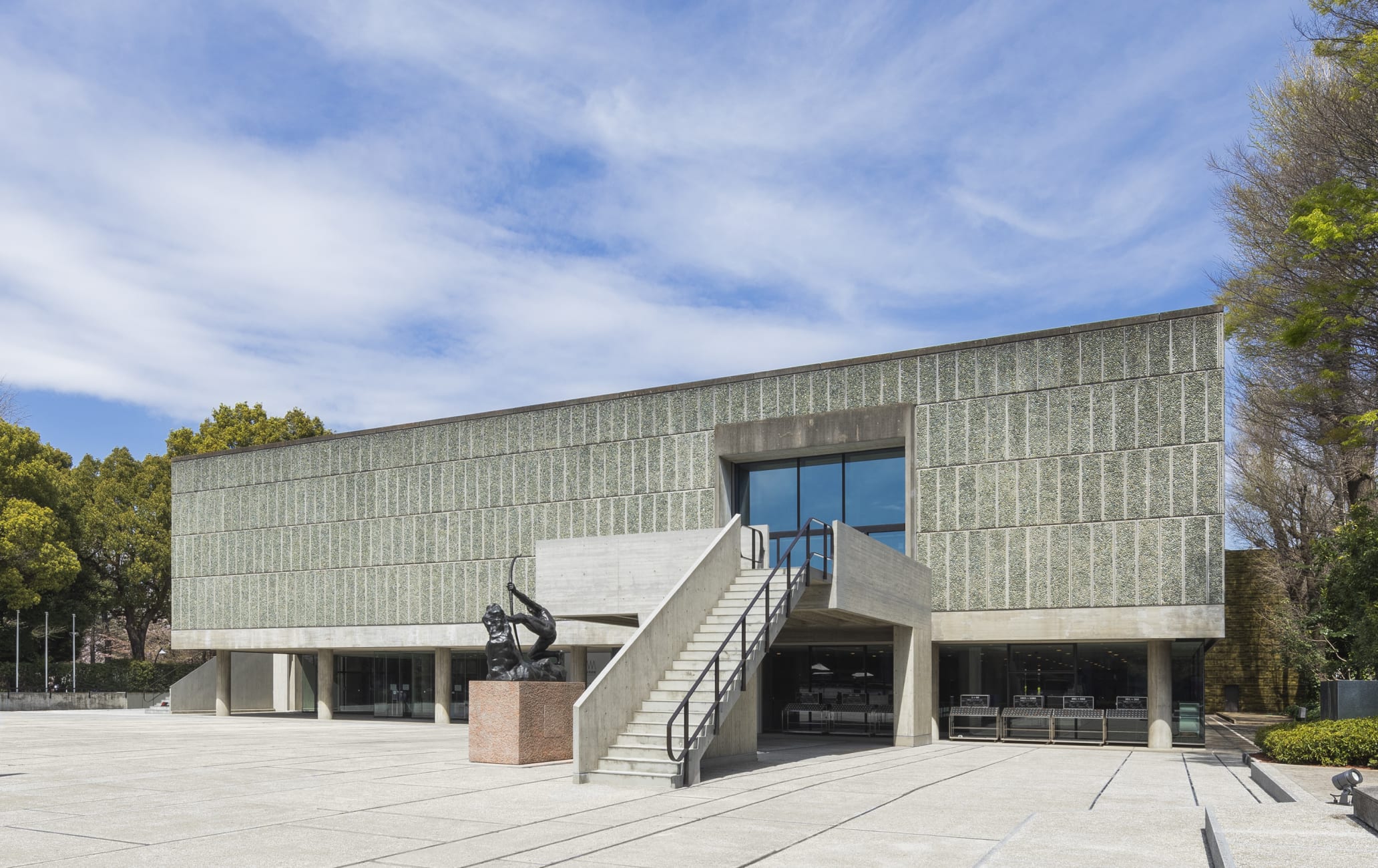Architecture réputée et art occidental
Conçu par le célèbre architecte Le Corbusier, le Musée national d'art occidental abrite des œuvres d'art occidentales du Moyen Âge au milieu du XXe siècle, notamment des pièces de peintres et de sculpteurs tels qu'Edgar Degas, Vincent van Gogh et Auguste Rodin.
À ne pas manquer
- Le bâtiment conçu par Le Corbusier
- Une collection d'art moderne français centrée autour de la collection Matsukata
- Une soixantaine de sculptures de Rodin
Comment s'y rendre
Le musée national de l'Art occidental est accessible depuis la gare d'Ueno.
Si vous prenez la JR Yamanote Line, le musée est à 1 minute à pied de la gare d'Ueno depuis la sortie vers le parc.
Si vous prenez la Keisei Line, il est à 7 minutes à pied de la gare de Keisei Ueno.
Au départ des lignes de métro Tokyo Metro Ginza ou Hibiya, il est à 8 minutes à pied de la station de métro dans la gare d'Ueno.

Un bâtiment du Corbusier
En 2016, le musée a été inscrit au patrimoine mondial de l'UNESCO, « Œuvre architecturale du Corbusier, contribution exceptionnelle au mouvement moderne », devenant ainsi le 20e site du Japon inscrit au patrimoine mondial.
Le bâtiment principal met en valeur les caractéristiques distinctives du style du Corbusier. Le rez-de-chaussée est uniquement soutenu par des colonnes, tandis que le plafond du premier étage présente des hauteurs variables, caractéristiques typiques de son style. Bien que difficile à discerner au premier coup d'œil, le concept « Modulor », une échelle de proportions inspirée de la stature humaine, joue un rôle crucial dans la conception. Ce concept est appliqué à l'ensemble du bâtiment, y compris à la hauteur du plafond bas de la salle d'exposition du deuxième étage et de la mezzanine, ainsi qu'à la conception des panneaux extérieurs.


©Musée national d'art occidental, Tokyo
Collection Matsukata
Initiée par l'industriel Matsukata Kōjirō (1866-1950), la collection homonyme constitue le cœur des fonds du musée, riche de plus de 6 000 pièces. En une dizaine d'années à partir de 1916, Matsukata a rassemblé jusqu'à 10 000 pièces provenant de toute l'Europe. Bien qu'une partie de la collection ait été saisie par le gouvernement français vers la fin de la Seconde Guerre mondiale, les pièces ont été restituées au Japon en 1959. Le Musée national d'art occidental a été créé pour préserver et exposer cette collection.
Deux maîtres
Le joyau de la collection du musée est un tableau des « Nymphéas » de Claude Monet. Matsukata a visité l'atelier de Monet à Giverny et a alors acquis « Les Nymphéas » et de nombreuses autres œuvres de Monet.
Le musée abrite également un grand nombre de sculptures d'Auguste Rodin. « Le Penseur » et « La Porte de l'Enfer », exposées dans le parvis du musée, comptent parmi les bronzes les plus célèbres de Rodin.
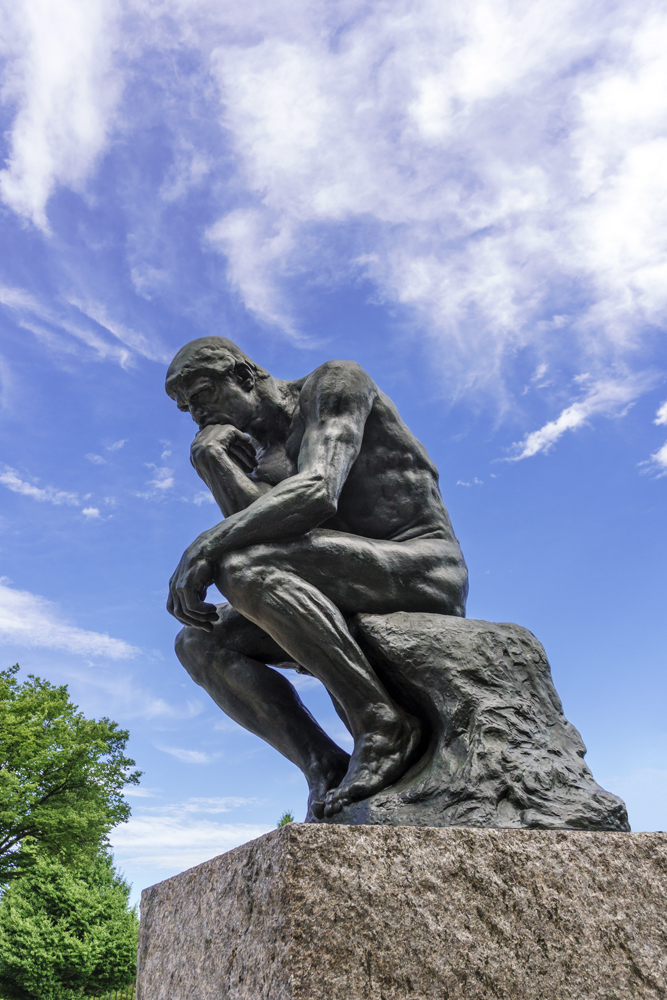
Auguste Rodin, « Le Penseur »
Photo de ©Norihiro Ueno
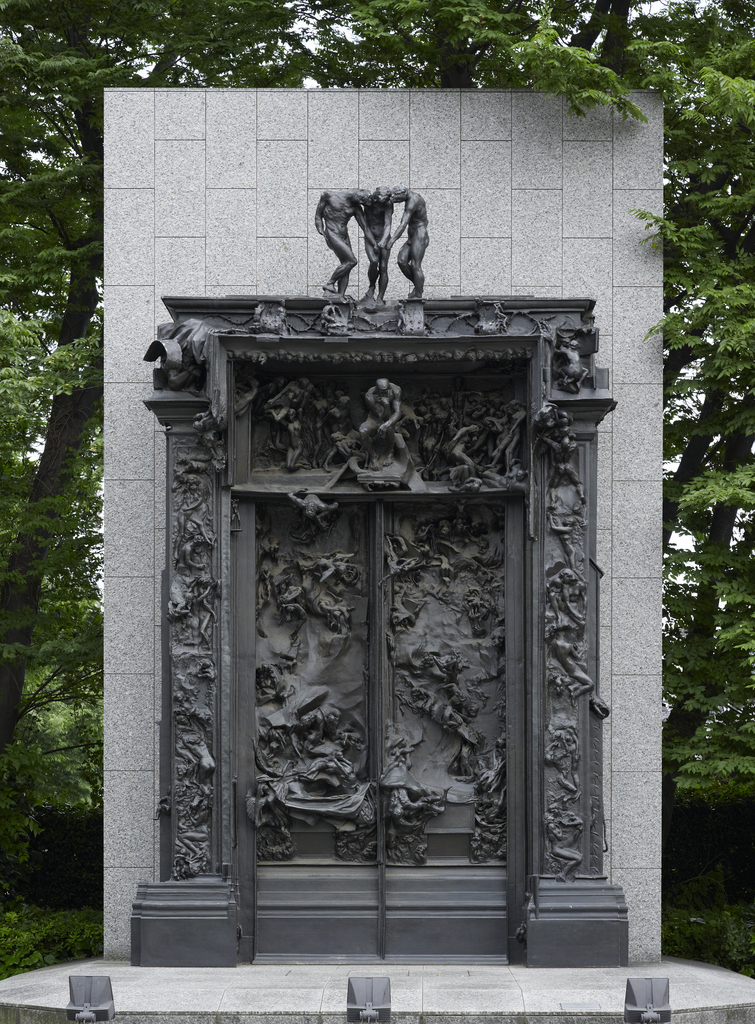
Auguste Rodin, « La Porte de l'Enfer »
Photo de ©Norihiro Ueno
Un peu plus loin
Une fois votre visite au musée national de l'Art occidental terminée, le reste du parc d'Ueno , y compris les autres musées, les jardins zoologiques d'Ueno et le temple Kan'ei-ji sont tous à proximité. Vous trouverez également plusieurs sanctuaires et temples, y compris le sanctuaire de Nezu-jinja , le sanctuaire de Toshogu d'Ueno et le sanctuaire de Yushima Tenjin . Si vous êtes à la recherche de nourriture savoureuse et de bonnes affaires, n'hésitez pas à visiter Ameyoko .
















